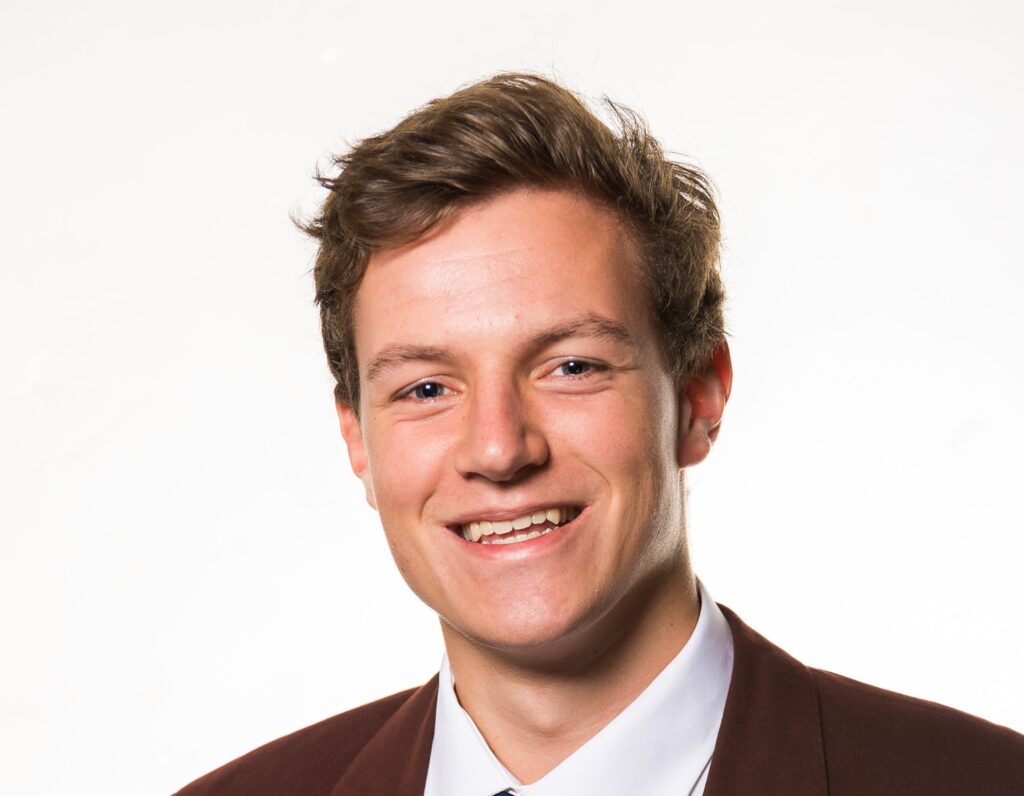Jelle A.W. Poland
- Delft University of Technology
- Work package 1a: Airborne Wind Energy


In 2020, Jelle Poland graduated from Aerospace Engineering with an MSc in Aerodynamics. The MSc thesis work on developing a fast soft kite wing deformation model forms the base of the PhD research started in July 2022. The funding comes mainly from NEON and partly from Kitepower B.V., an academic spin-off that operates in the emerging Airborne Wind Energy field.
In the PhD the particle-system model developed during the MSc thesis will be extended with an aerodynamic potential flow vortex-step method, experiments shall be done and the model will be applied to improve the performance of soft kites. The overarching goal is to improve the annual energy production of airborne wind energy systems with a focus on Kitepower’s leading-edge inflatable kite system.